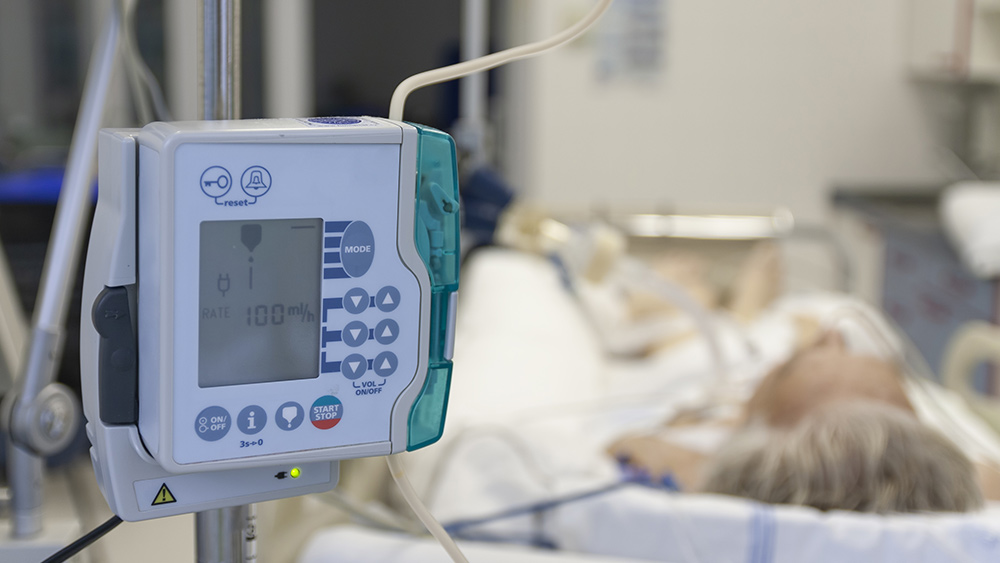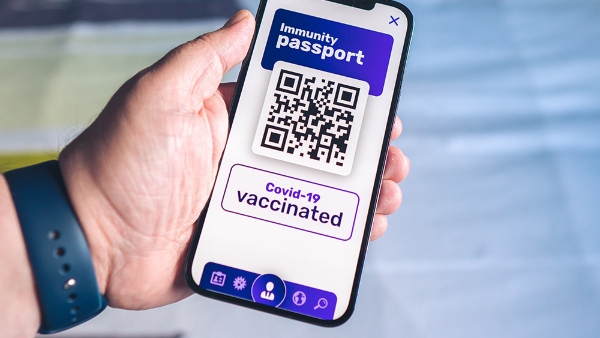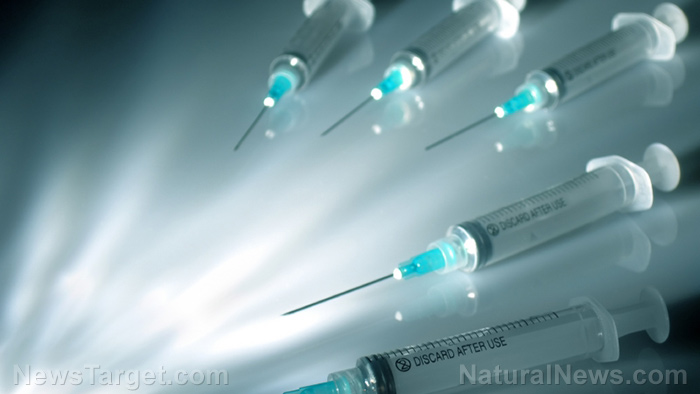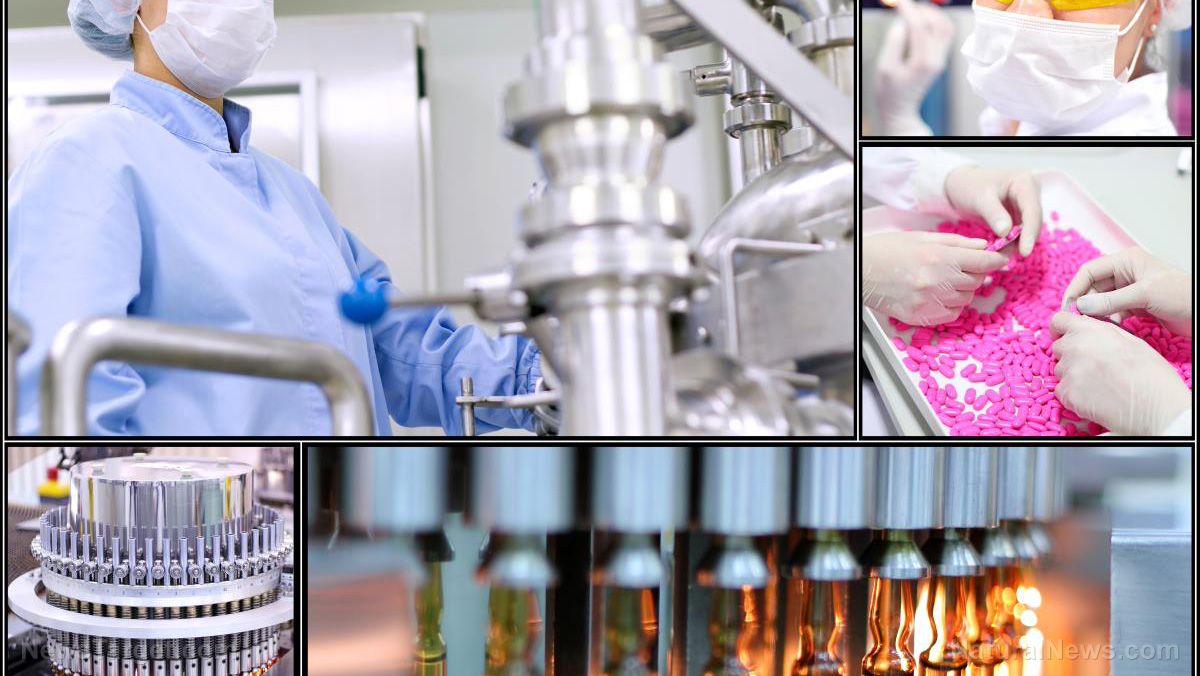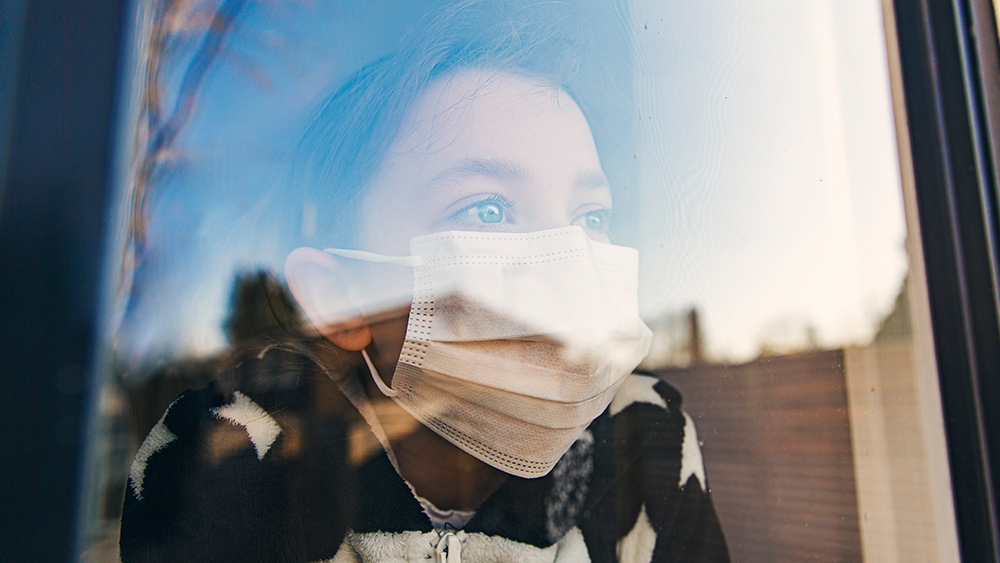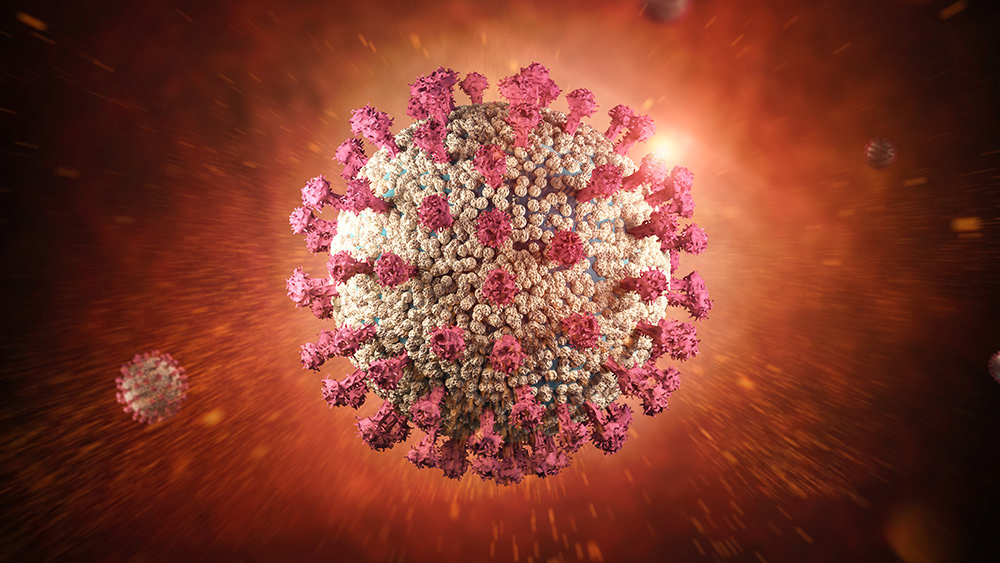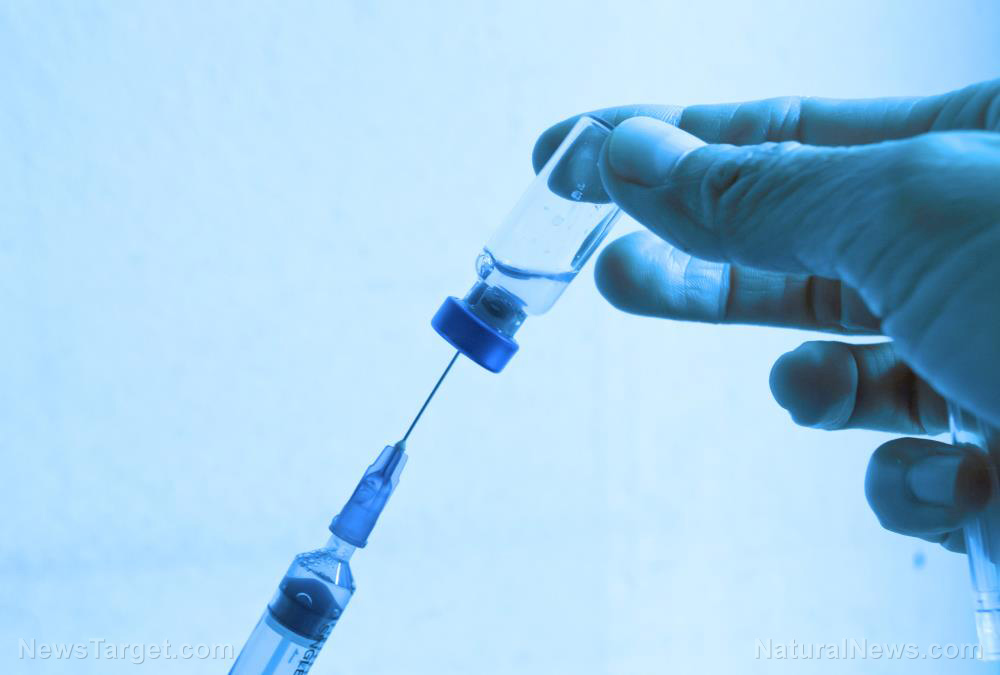Low vitamin D levels linked to acute respiratory distress syndrome
04/14/2020 / By Cassie B.

When we hear about coronavirus deaths, a lot of them are being linked to a condition known as acute respiratory distress syndrome, or ARDS. While many COVID-19 patients do end up making a full recovery, those who have the misfortune of developing ARDS could lose their life. And while doctors are still trying to determine exactly why some patients are faring far better than others with the virus, some studies have already shown that ARDS is linked to low levels of vitamin D.
One study, which was peer reviewed and published in the journal Critical Care, looked at lung epithelial cells in a lab as well as animals and humans in clinical settings. They determined that a dietary-induced vitamin D deficiency led to lung inflammation and damage. In the clinical study, all of the patients who suffered from ARDS were found to have a vitamin D deficiency, which is defined as blood levels that are less than 50 nmol/L.
Moreover, patients with extremely low levels of vitamin D – which was defined as being below 8 ng/mL – had a 3.5 times greater likelihood of developing ARDS than people whose levels were above 8. Thankfully, correcting their vitamin D levels reduced the lung damage and led to improved survival rates.
Plenty of reasons to keep your vitamin D levels in check
While that’s a very compelling reason for you to ensure you’re getting plenty of vitamin D, it isn’t the only one. A vitamin D deficiency can also raise your risk of suffering from a viral or bacterial infection. It can also increase the risk of mortality in people who have pneumonia.
There’s even evidence that having reduced levels of vitamin D can raise your risk of developing pneumonia and breast cancer. Having optimal vitamin D levels has the opposite effect, however; levels of 55 ng/ml or higher can actually drop your risk of all cancers by as much as 35 percent.
Ensuring you get enough vitamin D
While levels of vitamin D that are higher than 20 ng/mL are considered adequate, many experts suggest aiming for even higher numbers. One study from the University of California San Diego School of Medicine, for example, suggested that the minimum levels for enjoying the vitamin’s protective health benefits are 60 ng/mL.
Vitamin D is known as the sunshine vitamin because spending some time in the sun tells your body to create it. That’s why exposure to direct sunlight without any sunscreen on is the best way to get it. Although the precise amount you need will depend on where you live, the cloud cover that day, your natural skin tone and other factors, 20 minutes of exposure around two or three times per week is a good goal in general.
You can also find vitamin D in foods like mushrooms, cheese and fatty fish like salmon and tuna, but it can be difficult to get enough of this vitamin from food sources alone. Some people who prefer to avoid the sun and those who live where getting adequate sunlight isn’t possible year-round opt for supplementation to ensure they get enough of this important vitamin. If you do choose to take supplements, be sure to look for vitamin D3, also known as cholecalciferol, as it is considered superior to vitamin D2, also known as ergocalciferol.
With coronavirus continuing to sicken and kill countless people around the world, anything we can do to stack the odds in our favor is worth the effort, especially when it’s something as simple as boosting our levels of a vitamin that has the power to help our health in so many other ways as well.
Sources for this article include:
Submit a correction >>
Tagged Under:
acute respiratory distress syndrome, ARDS, coronavirus, covid-19, infections, lungs, natural remedies, nutrients, nutrition, outbreak, pandemic, prevention, supplements, vitamin D, vitamin D deficiency
This article may contain statements that reflect the opinion of the author
RECENT NEWS & ARTICLES
COPYRIGHT © 2017 OUTBREAK NEWS

